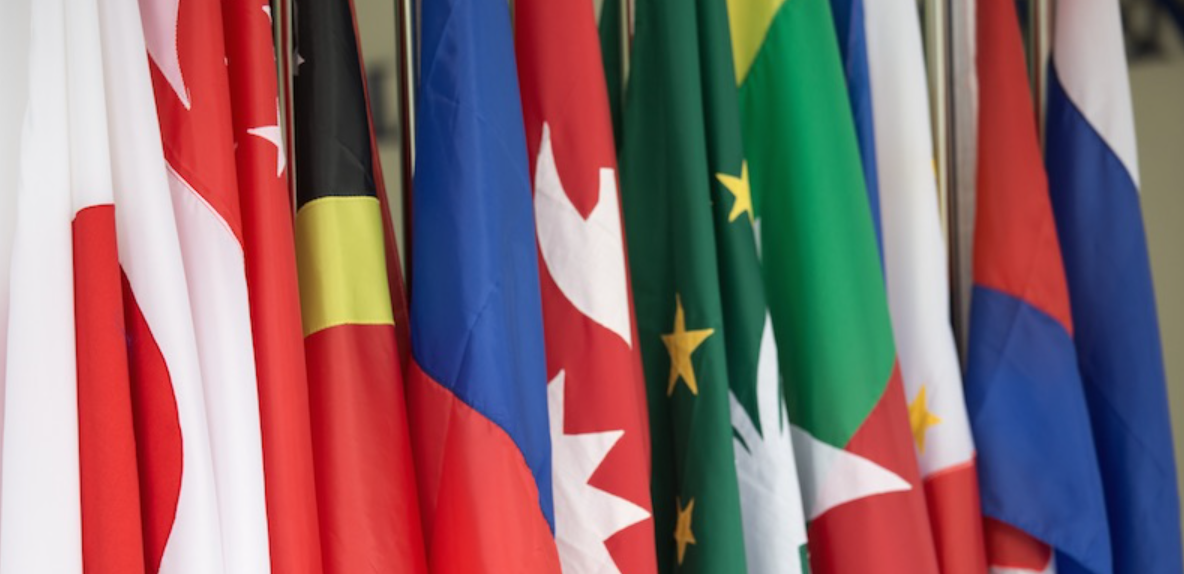Fri Jan 07, 2022
Friday / January 7
Asia-Pacific security
The United States and Japan will sign a new research and development agreement to facilitate cooperation in the fight against new defense threats, including hypersonic and space-based capabilities, US Secretary of State Antony Blinken said on Thursday.
Facing China along with India and Australia, the other two members of the Indo-Pacific security umbrella of Quad, the United States and Japan seek to bolster ties amid a potential invasion of by mainland China, and North Korea's missile threats. The two countries foreign and defense ministers met virtually to discuss their ties amid rising tensions with China.
Referring to the growing threats to the United States and its allies from Russia, China and North Korea, continuing to strengthen and modernize the longstanding U.S.-Japan alliance is "more critical and also more vital than ever" to keep strengthening and modernizing the long-standing U.S.-Japan alliance, "We're launching a new research and development agreement that will make it easier for our scientists, for our engineers and program managers to collaborate on emerging defense related issues, from countering hypersonic threats to advancing space-based capabilities," he said.
On the other hand, Japan and Australia signed a defense agreement between the two countries that will pave the way for deeper defense cooperation and joint exercises. This marks Tokyo's first defense agreement with a nation other than its chief ally, the United States, after WWII, Nikke reports.
Japanese Prime Minister Fumio Kishida and his Australian counterpart Scott Morrison made a statement after their virtual meeting, underlining concerns about China.
The two leaders expressed their opposition to "any destabilizing or coercive unilateral action aimed at changing the status quo and escalating tensions" in the East China Sea, where China's military and coast guard are active. They stressed the importance of peace and stability in the Taiwan Strait, and expressed concern about the Chinese Communist Party's gross human rights violations against the Muslim-majority Uyghur people in Xinjiang.
On upcoming Fed hikes
San Francisco Federal Reserve Bank Governor Mary Daly said the US economy is approaching the Fed's maximum employment target, thus the bringing it closer to raising interest rates.
Daly stated that the labor market looks very solid, and that interest rates should rise to stabilize the economy, underlining that it is "very appropriate" to complete the reduction in asset purchases in March, implying that a rate hike may come in the early spring.
Last month's meeting minutes suggested that some respondents indicated that the economy had reached almost maximum employment. The US economy created an average of 550,000 new jobs per month over the past year. The unemployment rate fell from 4.6% in October to 4.2% in November.
St. Louis Federal Reserve Bank Governor James Bullard said Fed policymakers could begin raising target interest rates from March and shrink the central bank's balance sheet as the next step in response to rising inflation.
“The FOMC could begin increasing the policy rate as early as the March meeting in order to be in a better position to control inflation,” Bullard, referring to the Federal Open Market Committee, said in remarks prepared for delivery to the CFA Society St. Louis on Thursday. “Subsequent rate increases during 2022 could be pulled forward or pushed back depending on inflation developments.”
Voting on monetary policy decisions this year, Bullard reiterated that the committee was responding to an "inflation shock," much higher than policymakers had expected a year ago.
US labor
The number of Americans applying for unemployment benefits increased last week but remained at historically low levels.
U.S. jobless claims rose 7,000 last week to 207,000. Four-week average requests grew by around 4,800 to approach 205,000.
In total, nearly 1.8 million Americans received traditional unemployment benefits in the week ending December 25.
Employers were reluctant to let workers go at a time when new ones were so hard to find. In the US, it posted 10.6 million jobs in November. 4.5 million Americans quit their jobs in November.
The U.S. Department of Labor will release its December nonfarm payrolls report on Friday. Economists polled by Bloomberg expect median nonfarm payrolls to be 444,000, compared to 210,000 in November, with the unemployment rate falling by 0.1 to 4.1%.
Stocks
Stocks in the US fell on Thursday.
The Dow Jones Industrial Average fell 170.64 points, or 0.4%, to 36,236.47. The S&P500 was down 0.1% at 4,696.05. The Nasdaq Composite Index fell 0.1 percent to 15,080.86.
Tesla and Netflix each fell more than 2% in tech-related losses. Apple lost 1.6%, as Amazon fell by 0.6%, with Alphabet losing only 0.1%.
